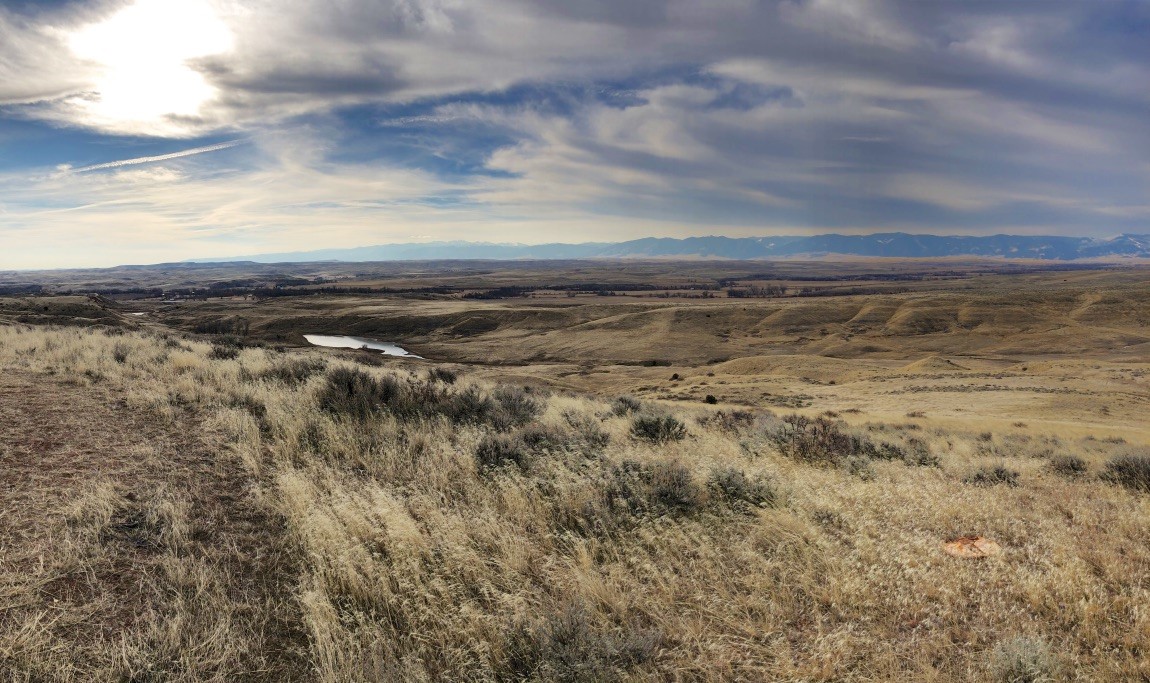Adroit says MMI survey finds PGMs at Red Vein VMS
Adroit Updates Red Vein Volcanogenic Massive Sulphide (VMS) Property Grassy Lake Programmes
Adroit Resources listed on the TSX Venture exchange on Monday announced the receipt of a Mobile Metal Ions (MMI-M) Process Soil Geochemical Survey report on the Grassy Lake portion of the Red Vein Volcanogenic Massive Sulphide (VMS) property and the receipt of assay results for 1,472 of its 1,535 samples from its winter diamond drill programme.
The 9,664 ha Red Vein property is located within the southern part of the Abitibi greenstone belt in the Shining Tree area of northern Ontario and is highly prospective for copper, zinc and gold.
President’s Comments: ‘I am very pleased with the contents of the MMI Report. The report strengthens management’s belief that this property will yield a valuable commercial discovery. We have multiple targets for Copper, Lead and Zinc plus Copper/Gold and Copper/Palladium. The detection of a geochemical signature for Platinum Group Mineralization has certainly come as an exciting surprise. I am looking forward to the next drill programme with great interest.’
The MMI-M Report dated May 19, 2011 was prepared by Mount Morgan Resources Ltd. of Winnipeg, Manitoba. The executive summary is reproduced below.
“The Red Vein MMI-M soil geochemical survey has successfully demonstrated that MMI-M partial extractions on soil samples collected from variable depths can isolate MMI-M precious and base metal anomalies. Although the sampling depths were variable and the B-Horizon was targeted as the preferred sample media potentially important geochemical responses are present on the grid. Data integration and field checking of the anomalous areas will assist in determining follow-up targets.
There are two main types of commodity element responses on the grid. Generally, these anomalies have the same element associations but variable magnitudes of response. They include the group: (i) Cu, Pb and Zn; and (ii) Cu-Pd/Cu-Au. The Cu-Pd and Cu-Au anomalies are distinct and provide focused responses for further exploration. The presence of a multi-sample Pd anomaly on the property is a unique feature. The mobility of Pd in the secondary or surficial environment is very low and as such any anomaly defined by an MMI-M survey should be carefully field-checked to determine whether a geological depositional environment favorable for platinum group mineralization is present. There are a large number of multi-element Cu and Zn anomalies on the property however the property is marked by graphitic argillite or graphite-rich sedimentary rocks. Accordingly, zinc-rich MMI-M anomalies associated with these lithologies are interpreted as unattractive follow-up exploration targets. The remainder of the anomalies should be assessed separately.
Recommendations in the MMI-M report include a Phase Two sampling programme be undertaken with a significant component of vertical profile sampling. The Phase Two programme would attempt to establish the difference in MMI geochemical signatures between graphitic sedimentary rocks and non-graphitic targets. The transects should be sampled at approximately 20 m spacing with subsequent analysis by MMI-M. Comparisons between these new data and the previous dataset will determine the validity of the Phase 1 through Phase 3 sampling programmes.”
{{ commodity.name }}
{{ post.title }}
{{ post.date }}

Comments